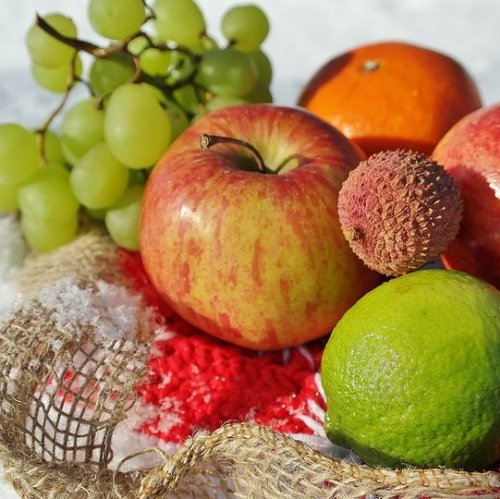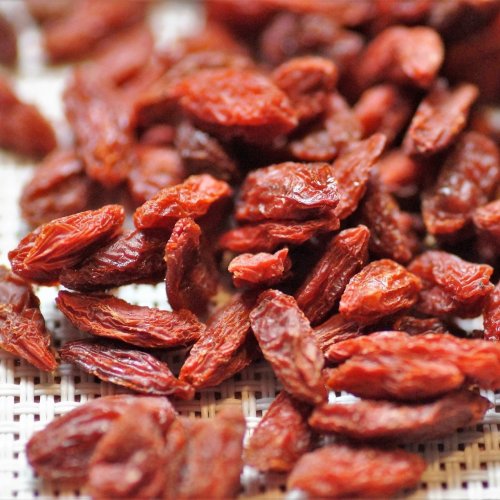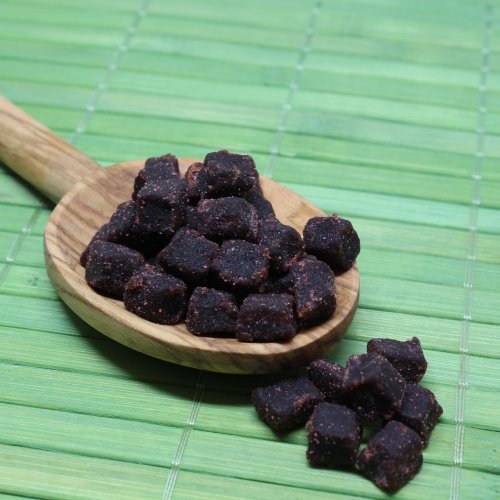Wild Berries Quiz: Guess from the Picture

Free online printable quiz with multiple-choice questions (MCQ) without registration.
Very soon spring will come, and then summer is just around the corner. In any case, it is always nice to recall the warmest time of the year. Especially if we are talking about communicating with nature and hiking in the woods for berries and mushrooms.
The Wild Berries Quiz consists of 20 multiple choice trivia questions, each with a picture and a hint. Test your memory and observation.
Test yourself
Found a mistake? Select it and press Ctrl+Enter
For each question choose one of the multiple answers then click done to check your results.




